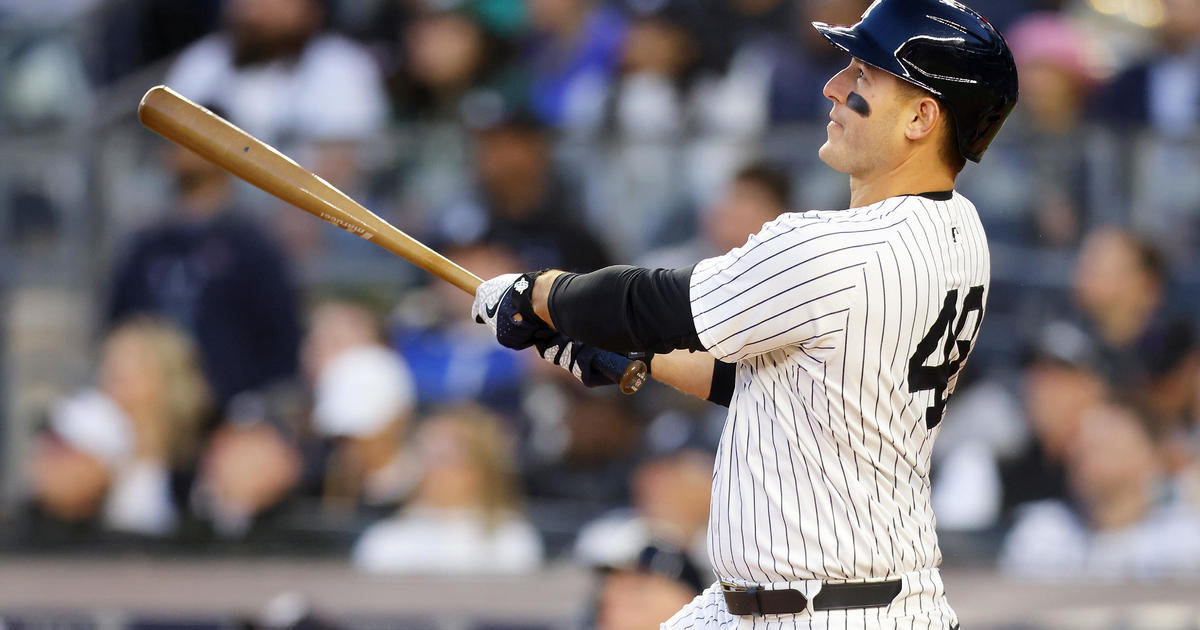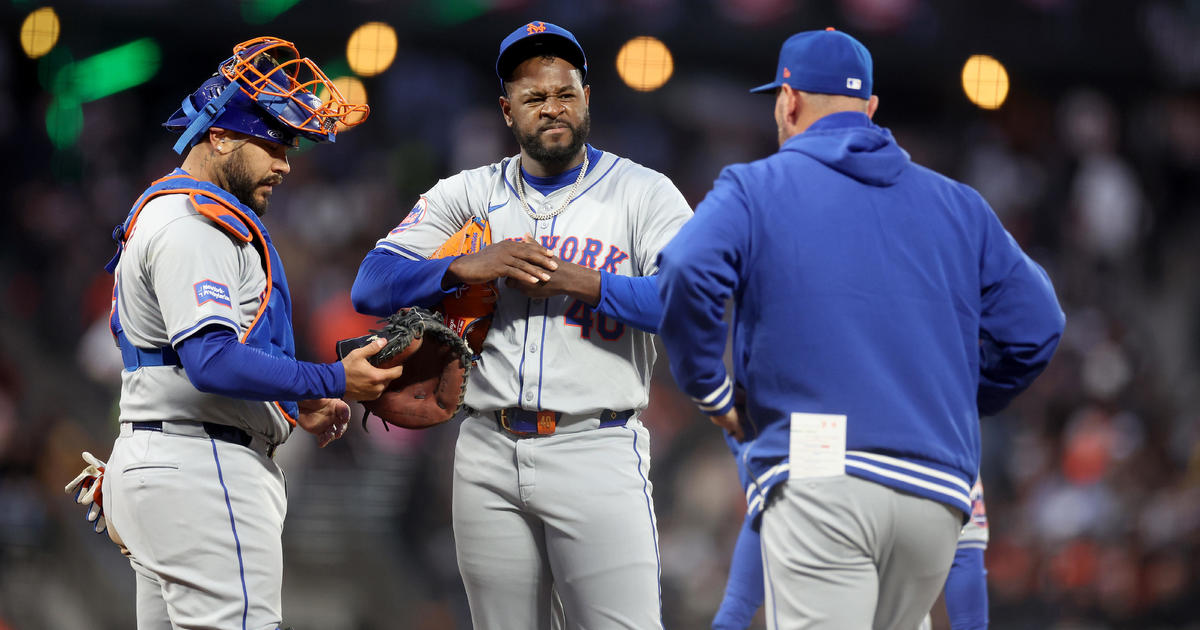Kallas: Bring Back The Old MLB Transfer Rule — Immediately!
By Steve Kallas
» More Columns
Good grief! What has baseball done to baseball?
Picture this scenario. There are less than two outs and a runner is on first, and a ground ball is hit to third. Once upon a time, the fielder threw to the second baseman covering and, once he caught the ball, the runner was ruled out. Once in a while, when the second baseman caught the ball and then lost it while bringing it to his right hand to throw to first, the runner would still be out because the out was made when the ball was caught.
Of course, if the second baseman did not catch the ball cleanly, the runner would correctly be called safe.
The rule was not that the ball had to be caught and then successfully transferred to the bare hand to get the force at second.
Until now.
It's beyond stupid. On Thursday night, during the Yankees-Red Sox game, Brett Gardner was on first in the top of the second. Brian Roberts his a ground ball to Brock Holt at third. Holt fielded the ball and threw it to Dustin Pedroia at second. Pedroia caught the ball cleanly while stepping on the base -- an out in the last, oh, I don't know. Forever?
But on this play, Pedroia -- obviously thinking about trying to get a double play -- lost the ball after catching it, clearly while trying to transfer the ball from his glove hand to his throwing hand. Gardner was called safe at second and would eventually score a key run early in the game.
HOW COULD BASEBALL MEN COME UP WITH THIS RULE?
Well, apparently, the "rationale" is to take the judgment out of the umpires' hands. To get the out, you just don't have to catch the ball while standing on second. You now have to catch the ball and, if you decide to try for the double play, you have to then have a "clean" transfer to your throwing hand. If you bobble or drop it on the transfer, there is no out.
Hard to believe, no?
Once you've changed the definition of an out -- that is, from catching the ball cleanly while standing on the base to catching the ball cleanly while standing on the base and then transferring it cleanly -- you've changed the game of baseball.
Presumably, now, the answer to this hypothetical also changes. Let's say there's a runner on third with less than two outs and a ground ball is hit to short. The shortstop checks the runner and throws to first.
But the runner takes off for home. The first baseman catches the ball cleanly with his foot on first base but then tries to transfer the ball to his throwing hand to throw out the runner at home. He bobbles or drops the ball on the transfer.
Under this new rule -- or different interpretation, depending on your point of view -- the runner at first has to be called safe.
Just another absurdity in today's game.
And maybe, sometime soon, we will see a challenge on this type of play: a runner on first with less than two outs and aground ball is hit to third. The third baseman throws to second and it's an incredibly close play. The second baseman catches it cleanly, makes the transfer cleanly and throws to first.
At some point, won't a creative, intelligent manager come out and argue that, in the split second between the time the second baseman caught the ball and the time he transferred it to his throwing hand, the runner was safe rather than out? That is, the out is not now made when the second baseman catches the ball, but rather when he completes the transfer. So, at least arguably, the runner could be safe in that split second.
Certainly not out of the realm of possibility.
As sometimes happens, what a mess baseball has made out of trying to fix something that wasn't broken. Hard to believe.
WILL THIS MAKE MIDDLE INFIELDERS SLOW DOWN AND NOT EVEN ATTEMPT A THROW TO FIRST?
Maybe. If Pedroia decided not to throw to first, hen Gardner would have definitely been called out. But because he decided to make the attempt, he lost a sure out -- one that was already made at second.
So if this rule remains, middle infielders might have to think, as opposed to just making the play. If one catches the ball cleanly and, on the transfer, bobbles or drops it, he won't even get one out.
That's a tough pill to swallow. And to make matters worse, Pedroia got an error after what looked like an obvious out at second.
THE FIX IS EASY
While it's always hard for the powers that be in baseball to admit they've made a big mistake, they should come out and change the rule back to the way it was immediately. Umpires can judge the transfer pretty easily (as they have in the past) and, if they make a mistake, the manager of the team who "loses" on the call can challenge it.
If anything, "instant" replay -- whatever you think of it -- will help umpires with the "old" transfer rule.
Just return the rule to what it used to be.
Immediately, if not sooner.
You May Also Be Interested In These Stories



